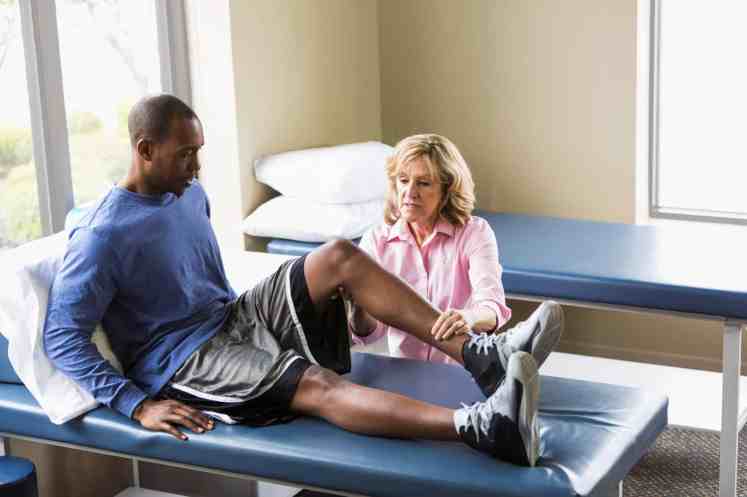
For students learning the principles of musculoskeletal assessment, Orthopedic Physical Assessment, 7th Edition covers the principles of assessment for all of the body’s structures and joints, including topics such as gait, posture, the head and face, amputees, primary care, and sports emergencies.
In this Q&A, authors David J. Magee, BPT, PhD, CM, and Robert C. Manske, PT, DPT, SCS, MEd, ATC, CSCS, share their insights on the current state of physical therapy and helpful updates in their new title.
What do you hope faculty and students take away from your new title?
The main purpose of this text is to be the single source for orthopedic physical assessment needs. For students, the book is designed to teach them how to do a musculoskeletal assessment in an orderly and systematic way so that all musculoskeletal tissues that may cause signs and symptoms are considered, and can either be “ruled in” or “ruled out”.
For the practicing clinician, in addition to a method of systematic assessment, the book acts as an “encyclopedia” of specific tests for specific structures to assist in their assessments and the value of many of these tests. Our intent is to include as many known specific physical assessment tests and what is currently known about how to perform each test and how it may be interpreted.
What changes were made in this new edition of Orthopedic Physical Assessment?
Two chapters have seen major changes in the new edition. In the Head & Face chapter, the assessment of concussions has been updated to meet present standards. The hip chapter has also seen major changes with more detail and updates on impingement and labral lesions. In addition, each specific joint chapter has had a diagnostic imaging section added.
As with previous editions, chapters on assessment of gait, posture, the amputee, primary care assessment, and emergency sports assessment have been included and updated as they may be of use to physical therapists in their practice as well as other professions who deal with musculoskeletal conditions. All chapters have been updated where appropriate with new tests, figures, boxes and tables.
How have you seen physical therapy change over the years?
Physical therapy, and especially physical assessment, has changed significantly over the years and, in many countries, has become more independent. This allows the physical therapist to act independently and be a “front line” provider of care with direct access to patients while still working as part of a “musculoskeletal team”. Being able to do an independent assessment and treatment of musculoskeletal conditions has enabled physical therapists to be a more valuable member of this team involved in assessment and treatment of musculoskeletal patients.
Additionally, tests are now categorized more often by how well they can determine or differentiate pathology. More and more studies are being done on the psychometric properties of assessment procedures and these updated findings are included in every edition of Orthopedic Physical Assessment. In the sixth edition, we added a red light – green light icon indicating which tests seem to have the better properties to help guide clinicians as to which test may be a better option.
How do case studies in your book help students develop essential skills for physical therapy?
The case studies allow students to critically evaluate given scenarios that will happen in real life. Students can utilize the case studies at the end of the chapter to work through on their own or discuss with faculty on which assessment tests they might perform and why and how they would differentiate various pathologies. Similarly, the precis shows the student how to consider positioning a patient when assessing him or her to keep excessive movement of the patient, who is often in pain and afraid to move, to a minimum.
What advice would you give faculty teaching in this field?
Teachers, especially in 2020, need to be flexible yet strict. They now need to listen more to student’s needs because of distance learning but continue to hold them accountable. The book is designed for students to learn a systematic way to do a musculoskeletal assessment to ensure all musculoskeletal tissues (contractile, inert, bone and nervous) are considered in the assessment. With experience, clinicians may modify how they do their assessments based on clinical reasoning and increased clinical knowledge.